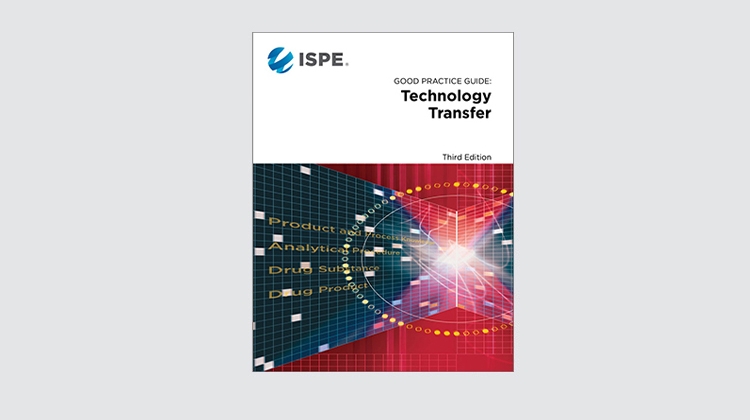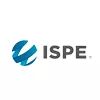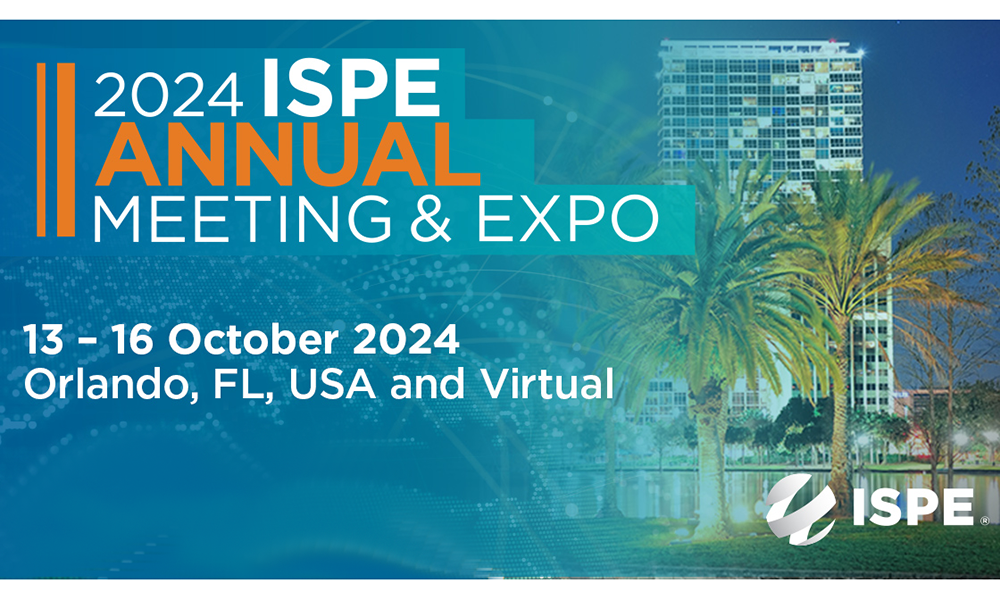The ISPE Good Practice Guide: Technology Transfer 3rd Edition presents industry good practices for successful and efficient execution of technology transfer projects. It intends to achieve a balance between risk management and cost effectiveness while aligning with applicable regulatory expectations.
John Herberger, Sr. Director Manufacturing Science & Technology, Spark Therapeutics Inc., and Guide Contributor (Co-Lead), shares the new implemented practices in the ISPE Good Practice Guide for Technology Transfers 3rd Edition. “We have updated the guide with this third edition to include new developments in industry in particular the application of parallel processing of running phases of technology transfer in parallel, and also the utilization of co-development between companies, within a company, and between functions in order to move technology transfer forward more effectively,” said Herberger.
This Guide is intended to be used as a generic guide to technology transfer between two parties for any applicable transfers in the product lifecycle. “What is new in the Guide specifically is new case studies, these case studies described contract manufacturing transfers between conduct manufacturing facilities. They bring into consideration of cultural differences between companies, the application of the phases of technology transfer, and the requirements that are laid out in the early chapters and then specific examples of those but in a more flexible approach,” said Herberger.
This Guide provides information and tools for its practical application, “One of the things that makes this guide unique is the international team of authors. All the authors have extensive experience in technology transfer, but also other disciplines such as quality engineering. I think the other thing that makes this guide unique is the contributions from our industry reviewers. We received over 462 comments from industry all those comments were valuable,” said Herberger.
What is a common question about technology transfer?
The common question is, “What are the regulations for technology transfer? and the short answer is that there aren’t any. Technology transfer is a cross-functional discipline that pulls together quality management systems, risk management, project management, many of these other disciplines come together in the practice of technology transfer. As we read the guide and look at the examples that are offered in the appendix, you can see a lot of these themes coming together, and it’s the intersection of disciplines that is key for an effective transfer,” said Herberger.
The ISPE Good Practice Guide Technology Transfer 3rd Edition will give you the necessary tools and knowledge for an efficient execution of technology transfer projects.
Buy Guide





